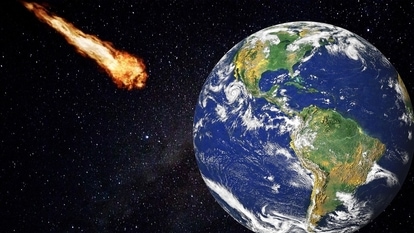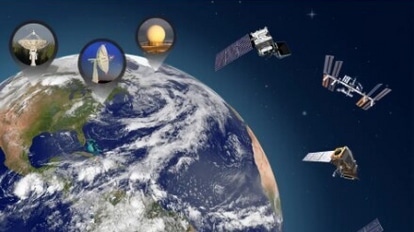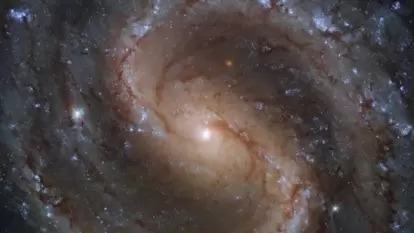HISTORIC! NASA James Webb Telescope finds its FIRST Earth-sized exoplanet
NASA’s James Webb Space Telescope has confirmed its first exoplanet that is the size of the Earth. Know all about this new planet here.
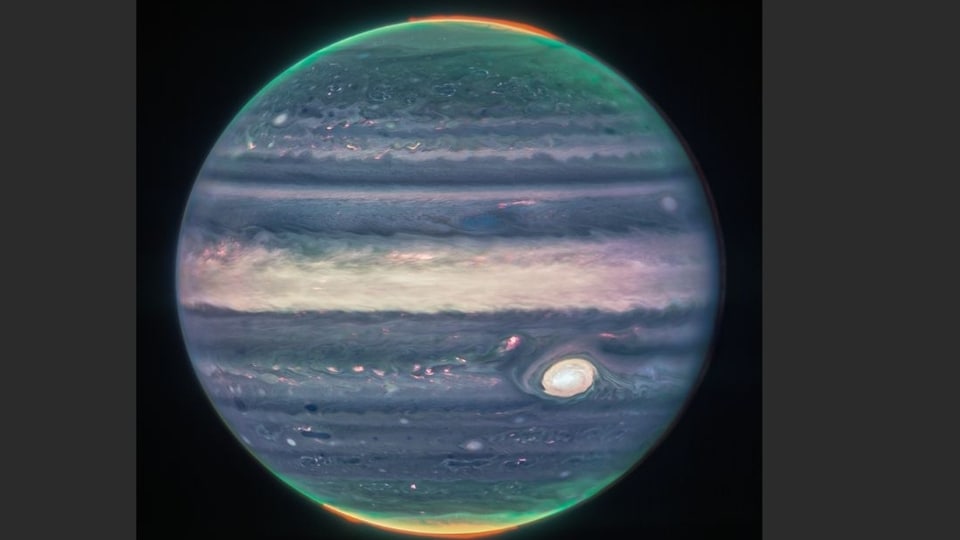
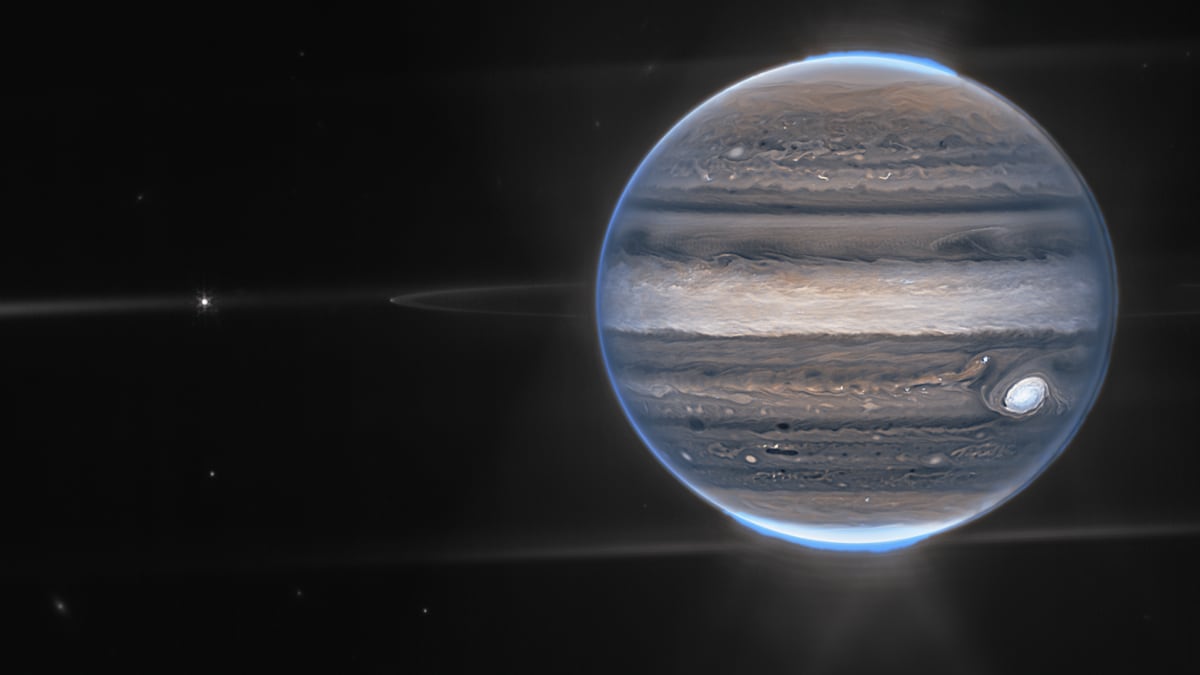
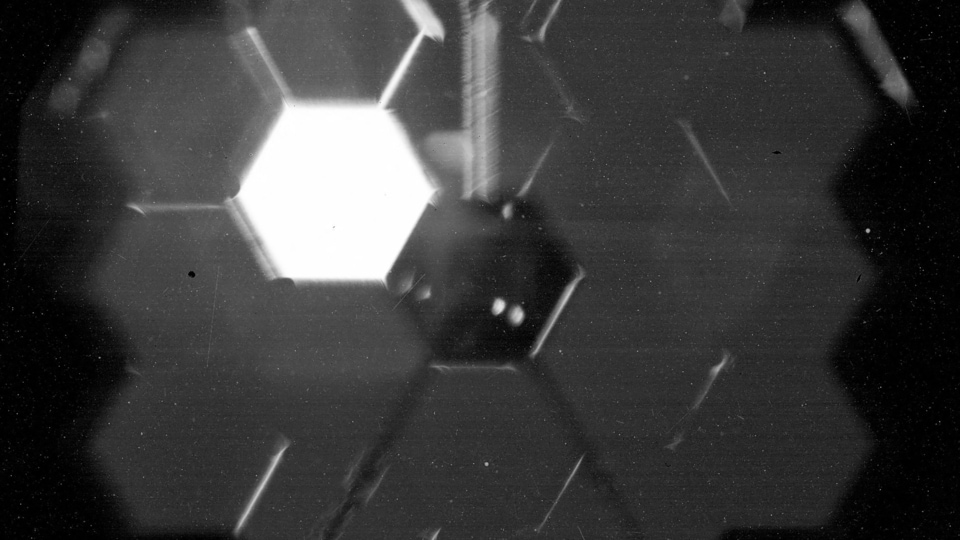
_1661230453587.jpg)
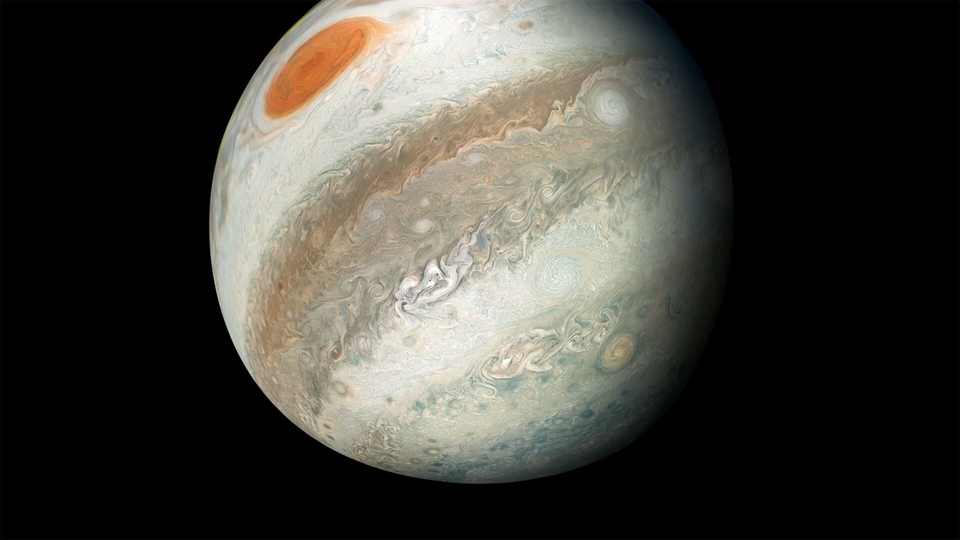
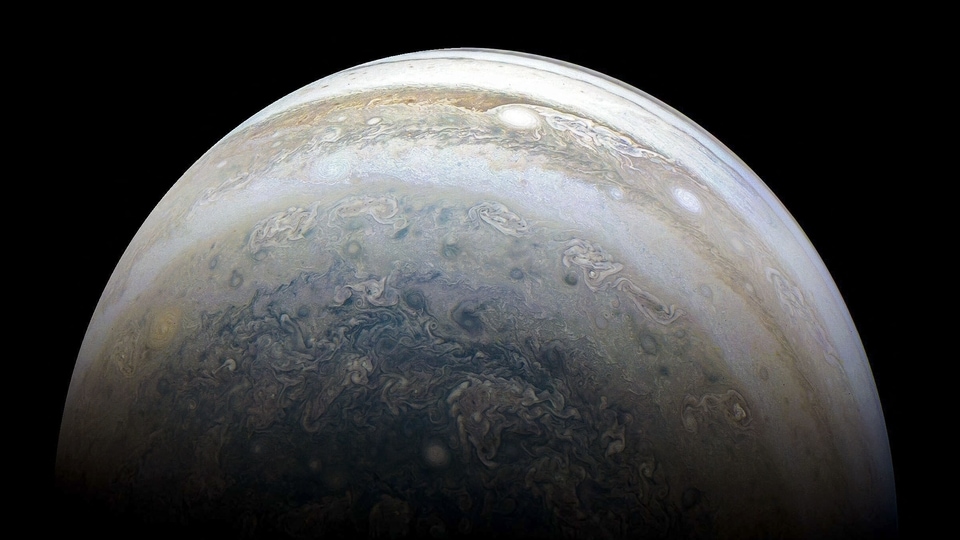
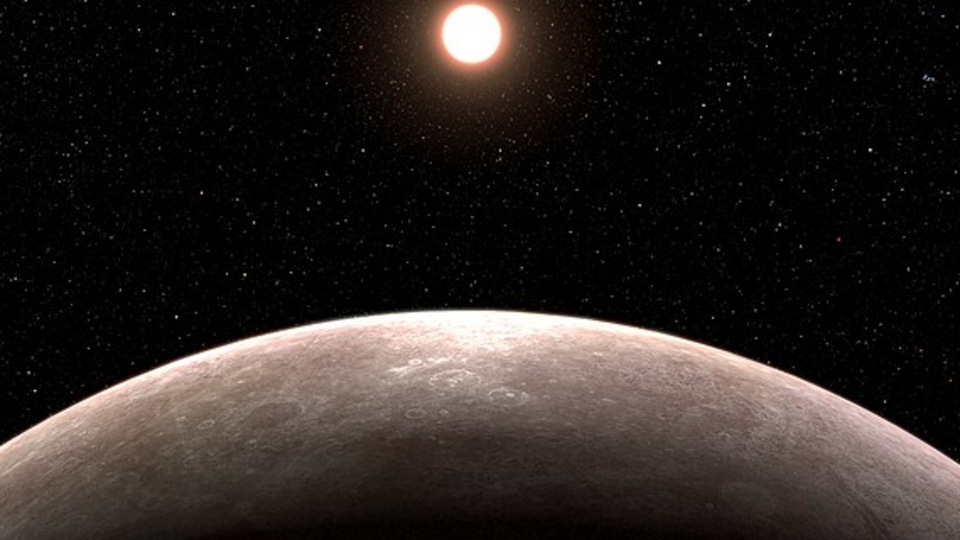
 View all Images
View all ImagesFor the first time ever, NASA's James Webb Space Telescope has confirmed the discovery of its first planet outside our solar system. The planet found by the Webb telescope was classified as LHS 475 b, the planet which is almost exactly the same size as our planet, clocking in at 99 percent of Earth's diameter. NASA's Transiting Exoplanet Survey Satellite (TESS) hinted towards the existence of this newly found planet, which helped the team to choose this target for the James Webb Telescope. Planet LHS 475 b is relatively close. NASA says that it is 41 light-years away from Earth, in the constellation Octans.
"The fact that it is also a small, rocky planet is impressive for the observatory,” the research team head Kevin Stevenson said. “These first observational results from an Earth-size, rocky planet open the door to many future possibilities for studying rocky planet atmospheres with Webb. It is bringing us closer and closer to a new understanding of Earth-like worlds outside our solar system, and the mission is only just getting started,” Mark Clampin, Astrophysics Division director at NASA Headquarters in Washington mentioned.
More about Earth-like exoplanet
NASA's James Webb Telescope team also noted that there is the possibility that planet LHS 475 b has no atmosphere. Another head of the researcher Lustig-Yaeger suggested that a 100 percent carbon dioxide atmosphere is so much more compact that it becomes very challenging to detect. The Webb telescope also revealed that the planet is a few hundred degrees warmer than Earth. That means, if researchers will detect clouds, then it may lead to the research conclusion that the exoplanet is more like Venus, which has a carbon dioxide atmosphere and has trick clouds.
Moreover, the Earth-like exoplanet completes an orbit in just two days, the observation confirmed. Though, planet LHS 475 b is closer to its star than any planet in our solar system. Even its red dwarf star is less than half the temperature of the Sun which makes researchers believe that the planet has an atmosphere.
The observation of this new exoplanet has been possible due to James Webb's Near-Infrared Spectrograph (NIRSpec), which makes it easier to capture the planet easily and clearly with only two transit observations.
Catch all the Latest Tech News, Mobile News, Laptop News, Gaming news, Wearables News , How To News, also keep up with us on Whatsapp channel,Twitter, Facebook, Google News, and Instagram. For our latest videos, subscribe to our YouTube channel.






